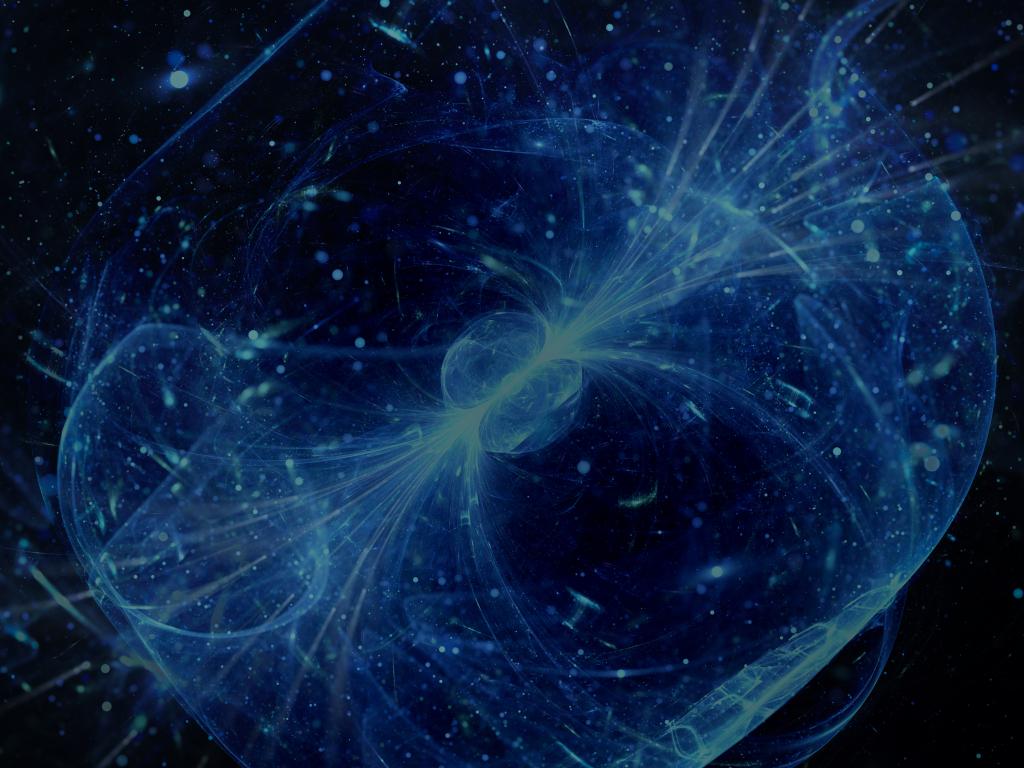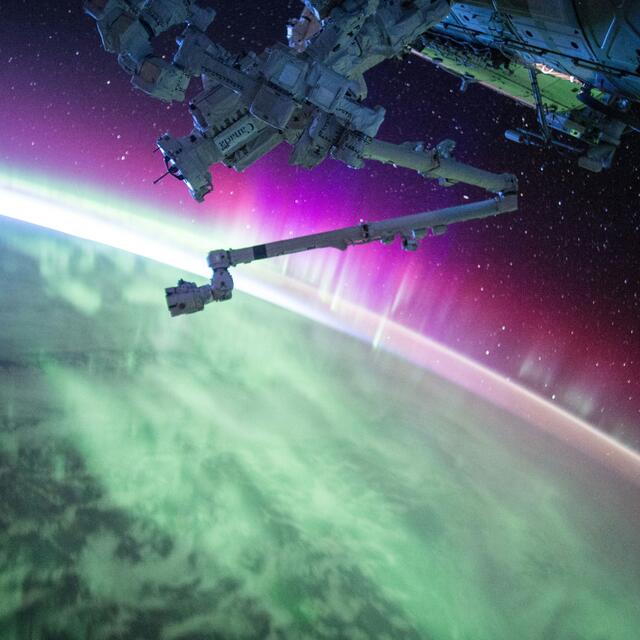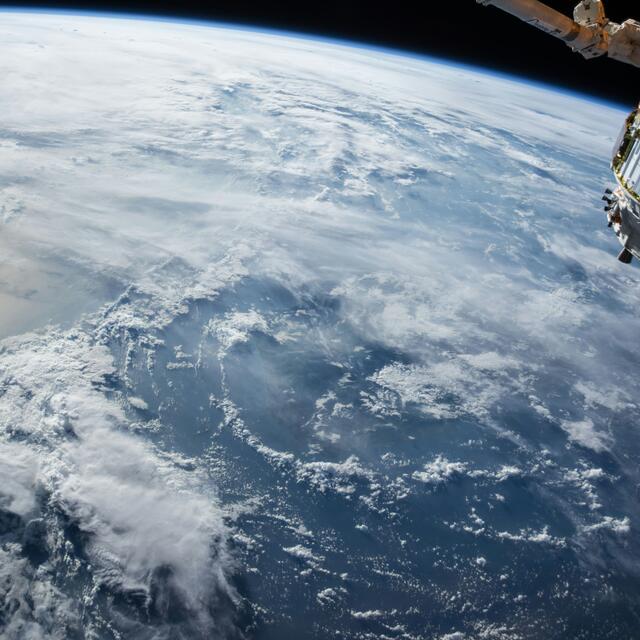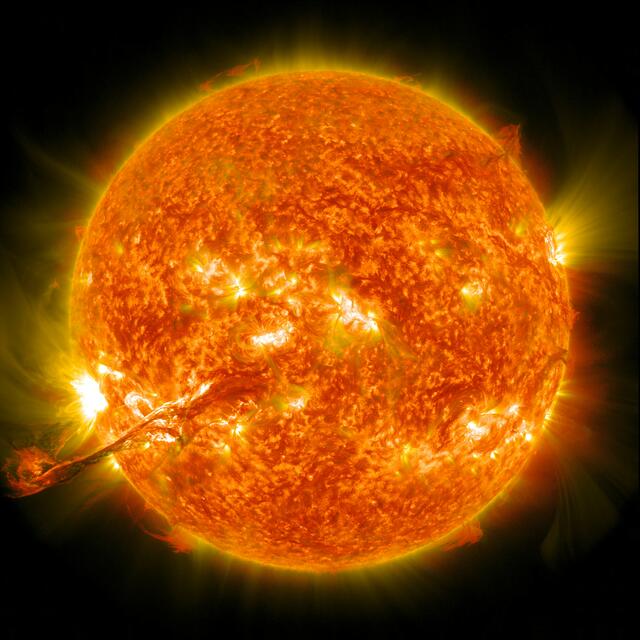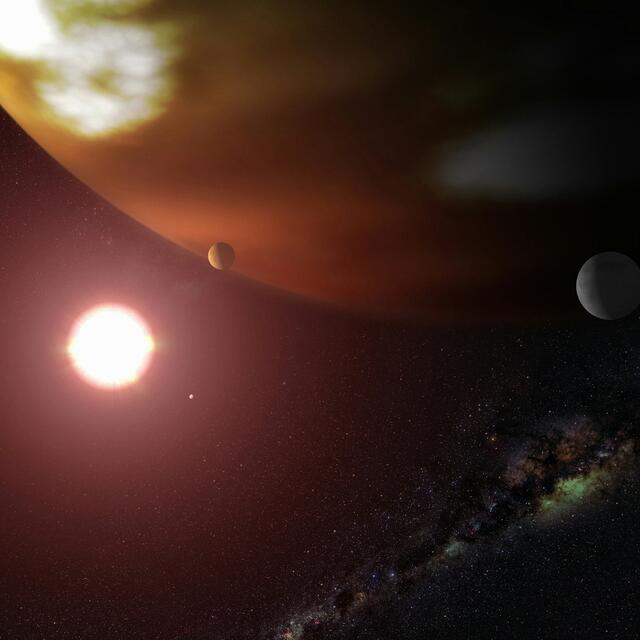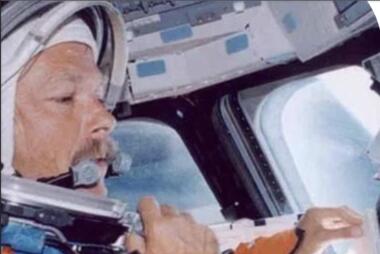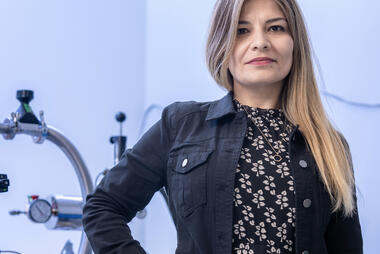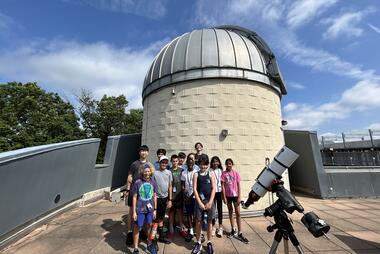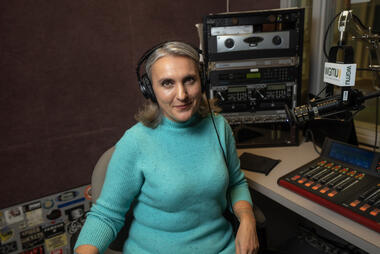Space Research and Outreach at George Mason
Admission CTAs
George Mason University announced it will be home to the $19.5 million recently approved Landolt NASA Space Mission that will put an artificial “star” in orbit around the Earth.
This artificial star will allow scientists to calibrate telescopes and more accurately measure the brightness of stars ranging from those nearby to the distant explosions of supernova in far-off galaxies. Led by Associate Professor, Peter Plavchan, the mission will bring together faculty and students from Mason’s College of Science and College of Engineering and Computing to work with the NASA and NIST and nine other organizations for a first-of-its-kind project for a university in the Washington, D.C. area.
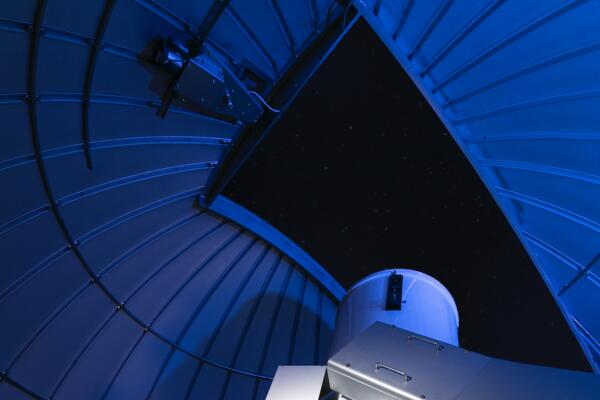
Did you know George Mason has its own observatory?
The Mason Observatory allows more than 1,000 people every year to view the cosmos and learn from experts through events like Evening Under the Stars or the George Mason's annual Space Day event. The observatory is currently home to a 32″ Ritchey-Chretien Telescope, 12″ Cassegrain (Mancini), 6″ Solar Telescope, 16″ Dobsonian (Strickland), 2 Meade 12″ Schmidt-Cassegrains (SCTs) and 2 telescopes from Mason’s original observatory.
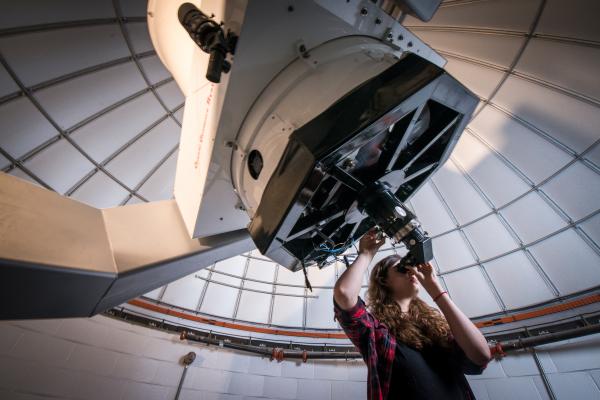
Ways to explore space at George Mason
Earn your degree in astronomy or physics
The Department of Physics and Astronomy at George Mason offers a BS in Astronomy and a minor in astronomy for those interesting in studying our universe. The department also offers a Physics BS, a physics minors, an MS in Applied and Engineering Physics, and a PhD in Physics. Explore these programs to find out which best fits with your interests and career aspirations.
Mason Space Day 2025 - Saturday, September 20 - Register now
oin us September 20 for this free, public, interactive event that brings people together to explore the science and technology driving today’s leading aerospace initiatives. Designed to educate and inspire, the day features engaging talks from experts in space exploration, along with hands-on activities, educational exhibits, and contributions from a variety of organizations in the field.
For questions, contact Gabriele Belle.
Mason Space Exploration Center
Rising fourth through ninth graders interested in what exists beyond Earth’s atmosphere experience the role of a “mission specialist” and design space missions with guidance from experts in the field. Throughout each of the five week-long camps, participants learn about physics and astronomy, computer and Arduino programming, and visit Mason facilities like the satellite development lab and the Mason Observatory. During the week-long programs, campers also learn about space mission roles and engineering tasks—culminating in a “press conference” at the end of the week to a small audience of family and professionals. Participants share their lunar space station design, motivations and mission.
Evening Under the Stars
Throughout the fall and spring, the Department of Physics and Astronomy hosts events at Mason's Observatory that invites the public to tour the Mason Observatory and hear a talk from a number of experts on different space-related topics.
Mason Science experts studying our universe
Peter BeckerProfessor and Director of International Collaborations, Physics and Astronomy
Peter Becker serves as an expert in solar research. He and a team of George Mason researchers work with the Department of the Navy to study and better understand increased solar activity that could potentially cause an “internet apocalypse,” disrupting all electronic communications on Earth, including satellite communications. He regularly speaks to media concerning how solar superstorms could affect internet access here on Earth.
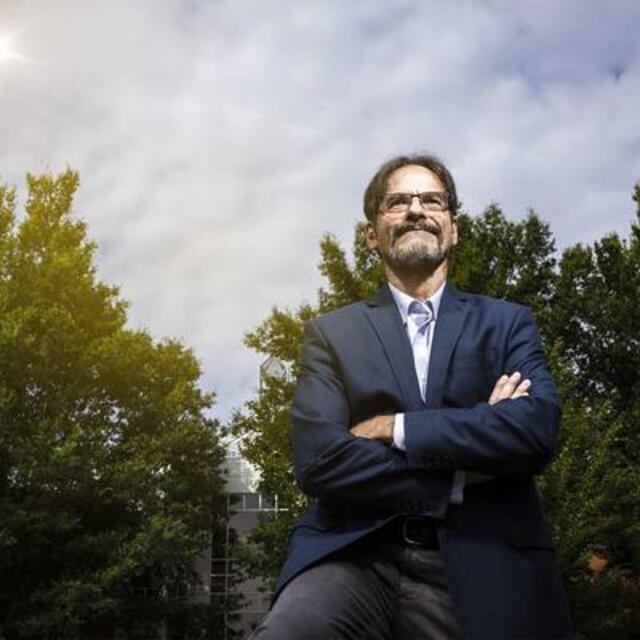
Anamaria BereaAssociate Professor, Computational and Data Sciences
Anamaria Berea's current research interests lie at the intersection of data sciences and space sciences, where she worked on forecasting solar flares using convolutional neural networks, on developing a reverse image search engine of Earth Observation data and on using natural language processing for dataset discovery for NASA SMD. In astrobiology, she helped produce simulations of the coevolution of exoplanetary atmospheres and metabolic networks and simulations of universal constraints to the probability of life from game theory and agent-based models.
Berea was named to a team commissioned by NASA to work on Standards of Evidence for Alien Life and is currently on the UAP Independent Study team. She is also a part of the post-detection hub led by Saint Andrews University. Currently, she is working on problems of space settlements and habitats for Mars using agent-based simulations of social and psychological behavior of astronauts. She also recently worked with a team of researchers from CalTech and the Interstellar Foundation to update Voyager’s Golden Record for the future NASA interstellar mission.
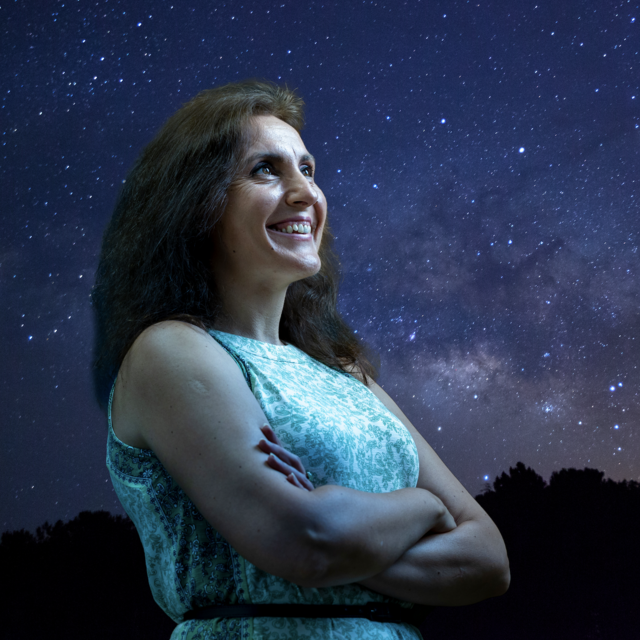
Natalie BurlsAssociate Professor, Atmospheric, Oceanic and Earth Sciences
Natalie Burls' research focuses on improving our understanding of the key processes determining Earth’s climate and climate variability on a variety of timescales ranging from seasonal, to decadal, to much longer geological scales. Burls looks at the climatic role of ocean general circulation, ocean-atmosphere interaction, and cloud dynamics. Her research acknowledges that to fully understand, model and predict changes in climate characteristics that have a large impact on society (especially temperature and precipitation patterns), a fully coupled ocean-atmosphere perspective is needed—one that accounts for changes in important variables such as the thermal structure of the slowly-adjusting ocean.
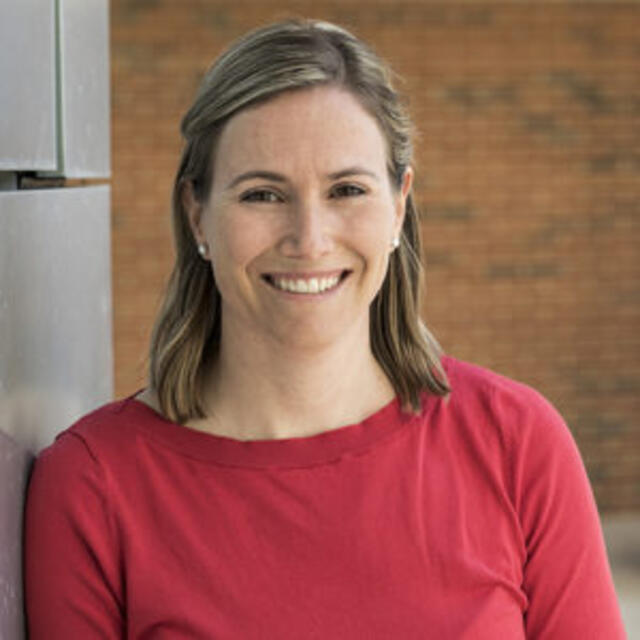
Paul DirmeyerProfessor, Atmospheric, Oceanic and Earth Sciences
Paul Dirmeyer conducts research on the role of the land surface in the climate system. This includes the development and application of land-surface models, studies of the impact of land surface variability on the predictability of climate, interactions between the terrestrial and atmospheric branches of the hydrologic cycle, and the impacts of land use change on regional and global climate.
![Paul Dirmeyer.png]](/sites/default/files/styles/mobile_square/public/2021-11/Paul%20Dirmeyer.png?h=a7e6d17b&itok=hsarvE5Q)
Ferah MunshiAssistant Professor, Physics and Astronomy
Ferah Munshi is currently testing self-interacting dark matter (SIDM) in galaxy formation simulations that will result in the largest-ever suite of dwarf galaxy simulations within both the Cold Dark Matter (CDM) and SIDM paradigms, to comprehensively test both models. Munshi will work with Mason graduate students as well as researchers from Rutgers University, University of Oklahoma, and the University of Washington. Their collaboration called the N-Body Shop, is an international partnership of astrophysicists—one of the few to be dominated by women.
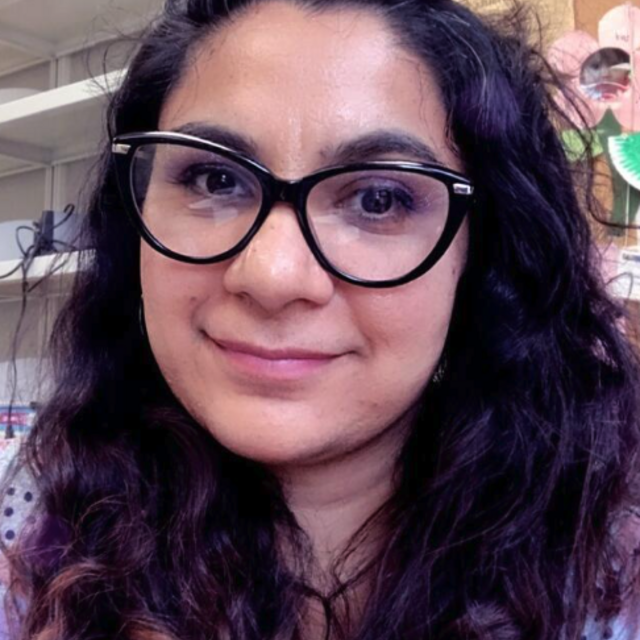
Hakeem OluseyiResearch Professor, Physics and Astronomy
Hakeem Oluseyi is an astrophysicist, author, STEM educator, multi-patented inventor, science journalist, TV personality, science communicator, and inspirational speaker. His research is based on "hacking stars" to understand our universe better and develop innovative new technologies. Oluseyi's work has resulted in 11 patents and more than 100 publications covering contributions to astrophysics, cosmology, and plasma physics and the development of space missions, observatories, focal plane instruments, detectors, semiconductor manufacturing, and ion propulsion.
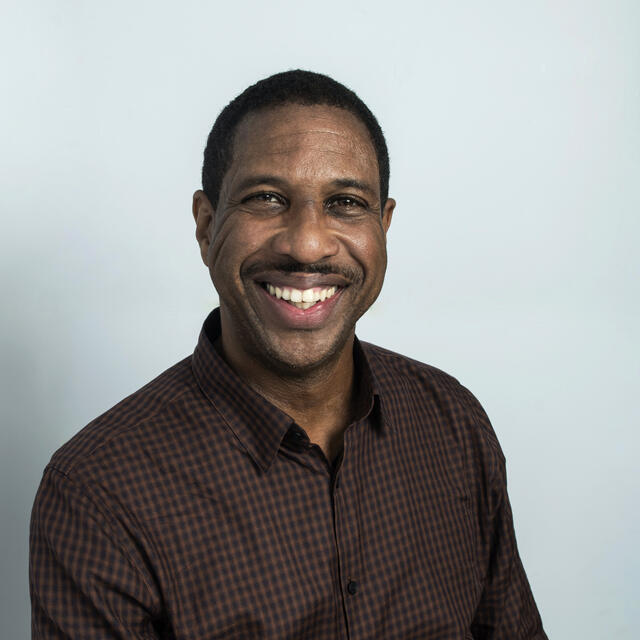
Edward OughtonAssistant Professor, Geography and Geoinformation Science
Edward Oughton is an expert in data analytics, computational methods, GIS and open-source software, applying these tools predominantly in the fields of (i) broadband policy, and (ii) risk analysis. He is best known for developing spatial decision-support models of broadband infrastructure, having carried out broadband strategy assessments for countries around the world. This research provides evidence on the effective strategies to connect more people to a faster Internet, which is vital for ensuring sustainable economic development. Other research interests include developing novel risk analysis methods and applying them to understand vulnerabilities relating to a variety of threats, including climate-hazards, space hazards and cyber-attacks.
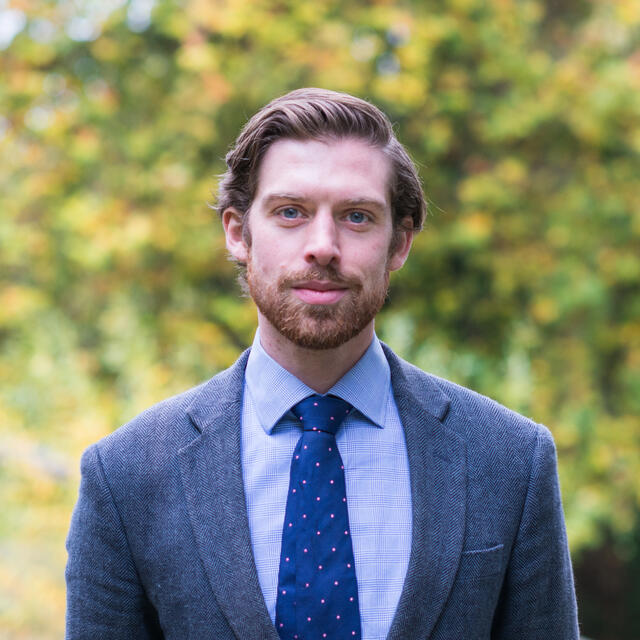
Peter PachowiczAssociate Professor, Electrical and Computer Engineering
Peter Pachowicz is responsible for the development of the CEC SatCom and SpaceCom ground stations which include a 9.1-meter satellite dish, as well as the ECE CubeSat Engineering Lab. He is leading activities in these areas at the College of Engineering and Computing (CEC). Specific CubeSat areas of his interest include ultra-small-factor satellite bus engineering, resilient satellite bus architectures, and rad-hard embedded software. His interests in satellite communications are oriented toward the design of low-noise antennas, signal and data fusion, and custom software-defined radios.
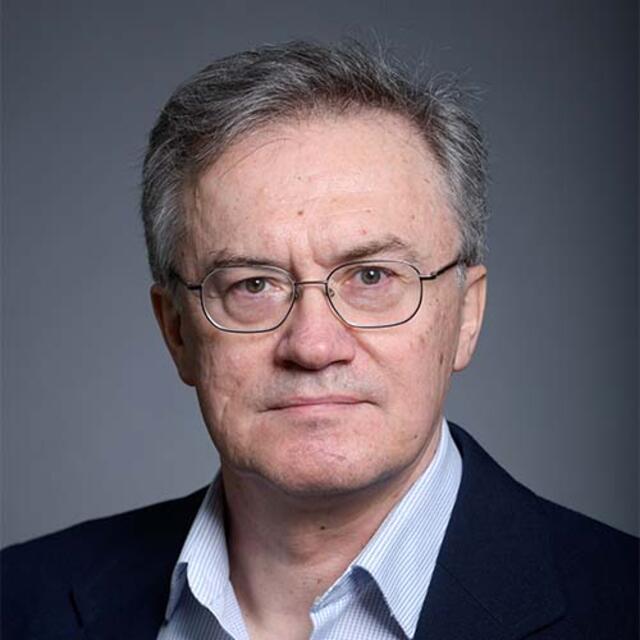
Peter PlavchanAssociate Professor, Physics and Astronomy
Peter Plavchan is the Landolt Mission Primary Investigator. Plavchan is an observational exoplanet astronomer, with a focus on the formation and demographics of planets around cool dwarfs, utilizing the radial velocity and transit detection methods. He is the PI of a NASA Probe Mission concept called EarthFinder, is a Co-PI of the MINERVA-Australis telescope array, regularly uses the NASA Infrared Telescope Facility iSHELL spectrometer for precise radial velocities, has served as an Executive Committee member of the NASA Exoplanet Program Analysis Group (ExoPAG), and has received multiple NASA Group Honor Achievement Awards. In 2020, Plavchan worked on a team of researchers that discovered an exoplanet the size of Neptune around the young star AU Microscopii.
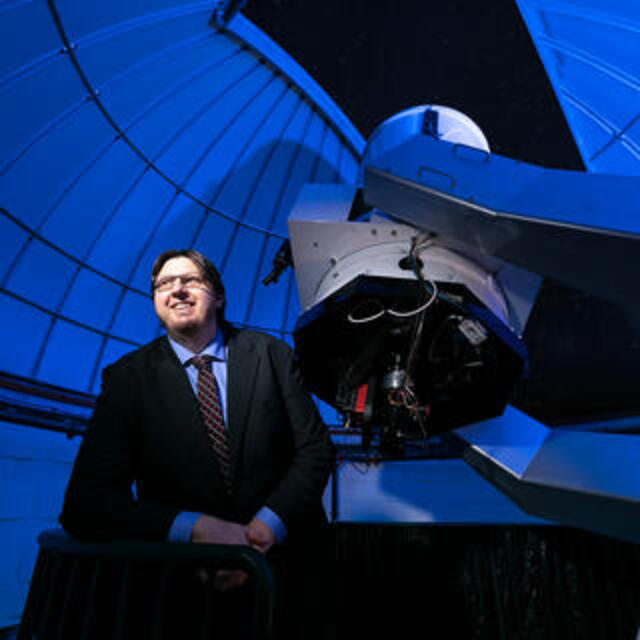
Shobita SatyapalProfessor, Physics and Astronomy
Shobita Satyapal recently received NASA funding to aid supermassive black hole observations, This project is the first large-scale systematic survey of a comprehensive set of 20 optical coronal lines in a large sample of Type 1 AGNs for which virial black hole masses have been compiled. By targeting a large sample with unequivocal evidence for an AGN and constraints on the black hole mass that span six orders of magnitude, Satyapal and her collaborators will be able to fully explore for the first time how the coronal line spectrum depends on fundamental black hole and accretion activities.
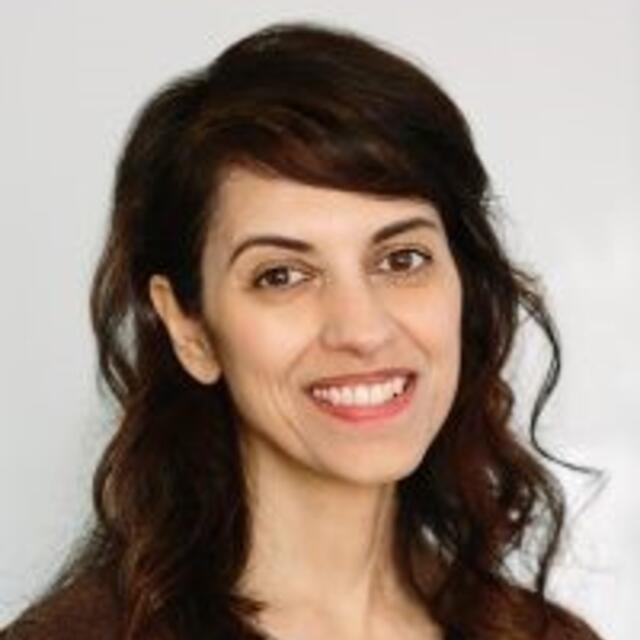
Lance SherryProfessor, Systems Engineering and Operations Research
Lance Sherry has pioneered research in data analytics and stochastic simulation of large complex adaptive systems such as the air transportation system, operations of airports, airlines, and air traffic control, as well as other network-of-network systems. These analyses are used widely for strategic planning, business development, cost/benefit analysis, and system productivity improvement. He has also conducted award-winning work in human-computer interaction, operator training, and the design of autonomous and semi-autonomous systems (such as Unmanned Air Vehicles). Sherry has more than 30 years of experience in the aviation industry serving as a flight test engineer, flight control engineer, system engineer, lead system architect, program manager, strategic planner, and business development.
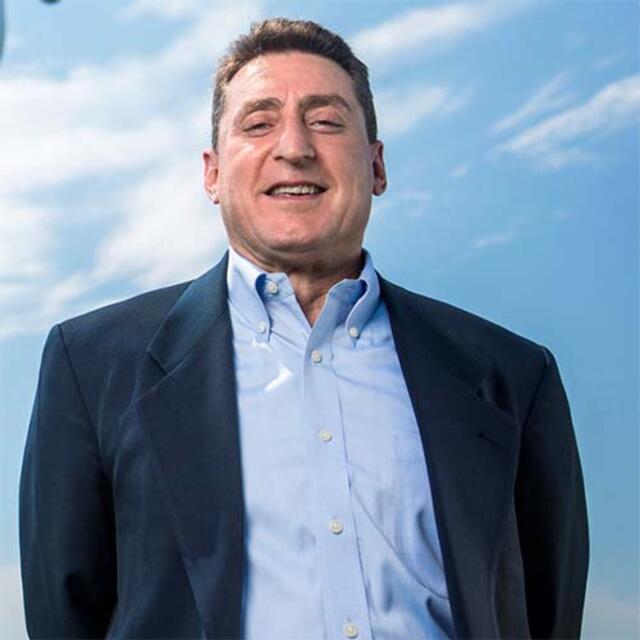
David StrausProfessor, Atmospheric, Oceanic and Earth Sciences
David Straus' research covers a variety of topics in sub-seasonal to seasonal variability and predictability of the atmospheric circulation and related weather. Project include (1) Relating the patterns of diabatic heating in the tropical Pacific and Indian Oceans to the seasonal rainfall in the Indian Monsoon; (2) Using the relationships between preferred mid-latitude circulation patterns (so-called "regimes") and extreme weather events to try to predict extreme weather several weeks ahead; (3) Understanding how transitions between the regimes may be partially tropically forced via transient diabatic heating.
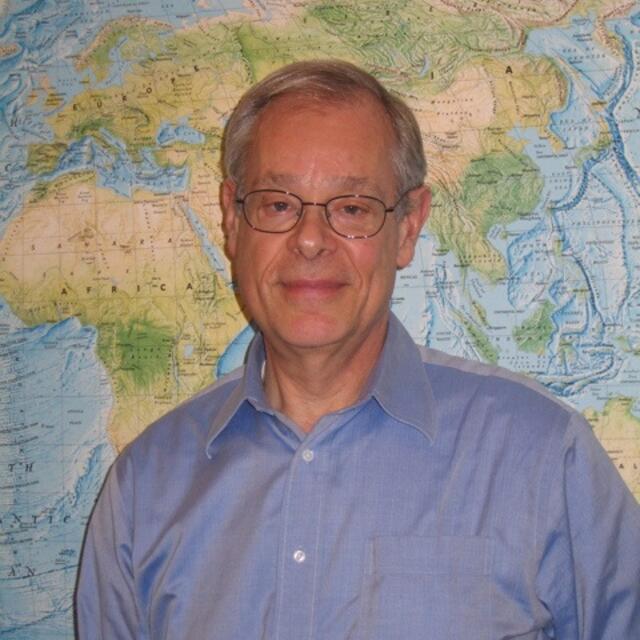
Michael SummersProfessor, Physics and Astronomy
Michael Summers is a planetary scientist who specializes in the study of planetary atmospheres. His research concerns how planets and their atmospheres develop—although driven by common physical, chemical, and sometimes biological processes into the diverse types of planets we find in our solar system and beyond, including planets orbiting other stars. He has worked on NASA space missions that study the Earth from space shuttle and orbiting satellites, and that probe other planetary atmospheres using deep space robotic missions. In addition, Michael has played a leading role in the New Horizons mission to Pluto and the Kuiper Belt.
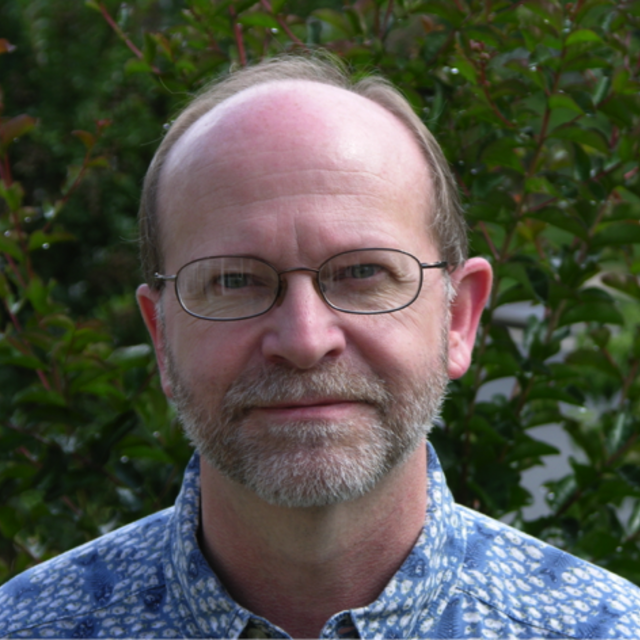
Donglian SunProfessor, Geography and Geoinformation Science
Donglian Sun’s academic focus is on remote sensing of Earth surface and atmospheric information, including surface temperature, flood, and drought, from satellite observations; data mining applications in remote sensing; remote sensing applications in natural hazards and coastal studies; numerical model and simulations; satellite data assimilation. She has published five book chapters, six Algorithm Theoretical Basis Documents (ATBD), and has authored nearly 100 refereed papers.
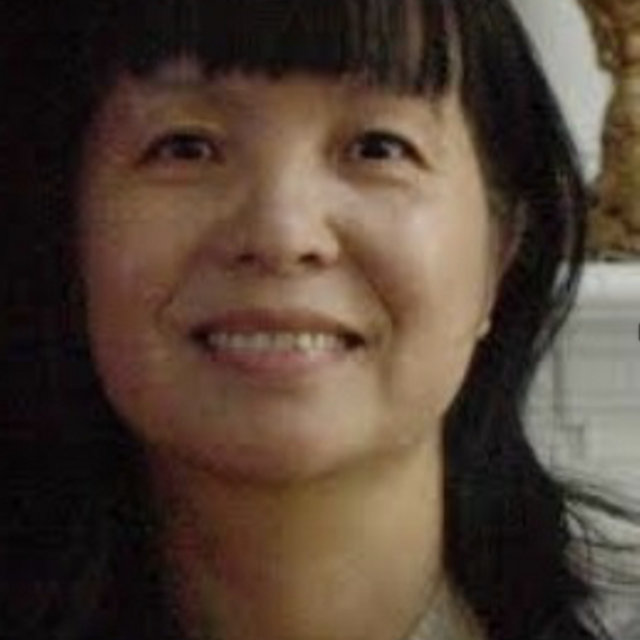
Daniel TongAssociate Professor, Atmospheric, Oceanic and Earth Sciences
In additional to his work in George Mason's Department of Atmospheric, Oceanic and Earth Sciences, Daniel Tong also works as a researchers at the Center for Spatial Science and Systems. Tong, who specializes in atmospheric chemistry and aerosols, and helped start the Dust Alliance of North America, also leads an Air Quality Group at Mason that actively develops forecasting capability of wildfire smoke. Their Hazardous Air Quality Ensemble System (HAQES) takes in model predictions from various federal agencies, including the National Atmospheric and Oceanic Administration (NOAA), National Aeronautics and Space Agency (NASA), and Naval Research Laboratory (NRL), to produce a consensus forecast, which shows superior performance during extreme events such as wildfire.
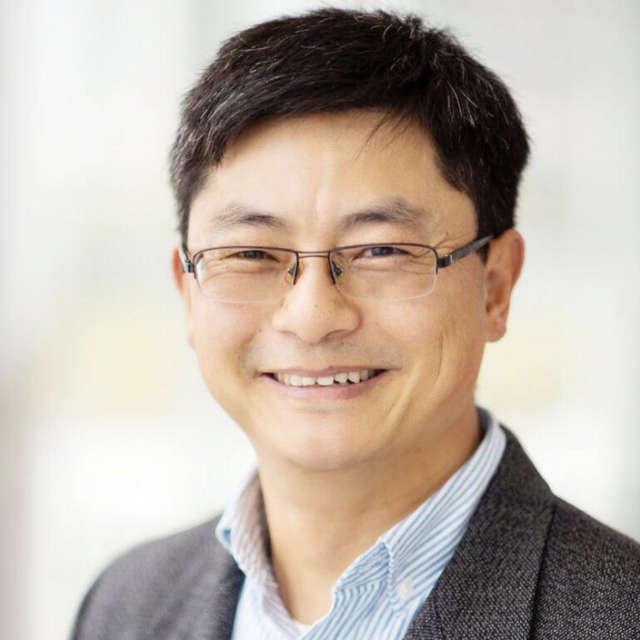
Konrad WesselsAssociate Professor, Geography and Geoinformation Science
Konrad Wessels is dedicated to the application of earth observation and geospatial sciences to improve human well-being and environmental sustainability in the face of global change. His research focuses on deriving geospatial insight from large volumes of diverse remote sensing data. Wessels has worked with several organizations, including NASA, to study topography and vegetation using satellite imagery. Projects include the NASA STV incubation study, biomass estimation with new spaceborne missions for MRV in dry forests and savannas, NASA Land-Use and Land-Cover Change Program, and scoping study for NASA terrestrial ecology long-term field and airborne campaign focused on drylands.

Erdal YiğitAssociate Professor, Physics and Astronomy
Erdal Yiğit's research interests cover topics from atmospheric, space and planetary sciences, in particular, global modeling of and internal wave effects in planetary atmospheres, such as, Earth and Mars. He is the developer of the first whole atmosphere gravity wave parameterization suitable for general circulation models of planetary atmospheres. He is the recipient of the 2016 Zeldovich Medal jointly presented by COSPAR and the Russian Academy of Sciences for his significant contributions to the study of coupling between the lower and upper atmospheres on Earth and Mars by gravity waves. He is the sole author of the Springer's two-volume monograph series on "Atmospheric and Space Sciences" one on Neutral atmospheres and the second on Ionospheres and Plasma Environments.
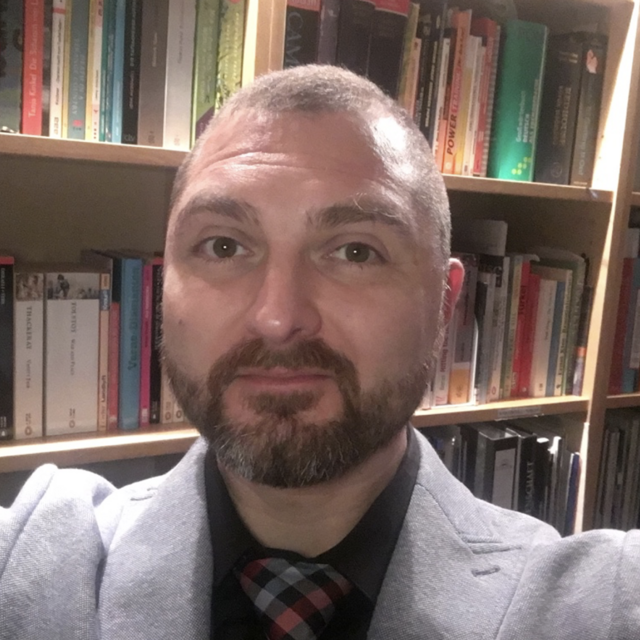
Jie ZhangProfessor, Physics and Astronomy
Zie Zhang works on solar physics, heliospheric physics and space weather. He studies the physical mechanism that generates solar storms, i.e., flares and coronal mass ejections (CMEs). He also studies the magnetic evolution of solar active regions and how the evolution leads to energy buildup, instability, and eruption. His research also addresses propagation and evolution of CMEs in the interplanetary space. He also puts effort into transforming these research activities into tools for predicting solar flares and Earth-impact of CMEs. His work serves the practical purpose of making advanced space weather prediction that can mitigate adverse space weather effects on human space exploration, satellites, communication, and navigation.
